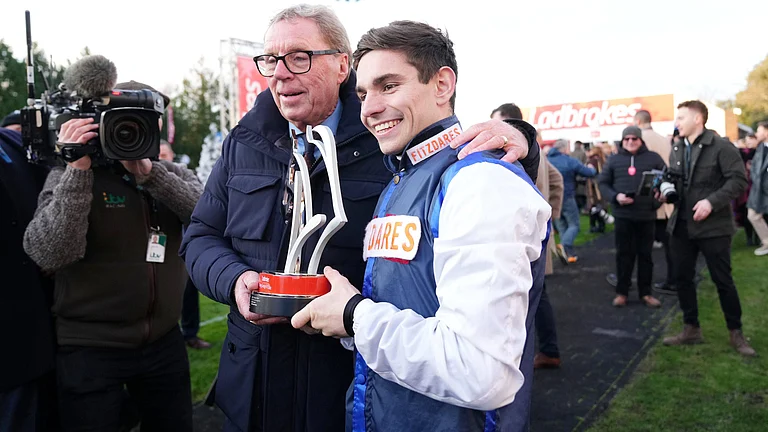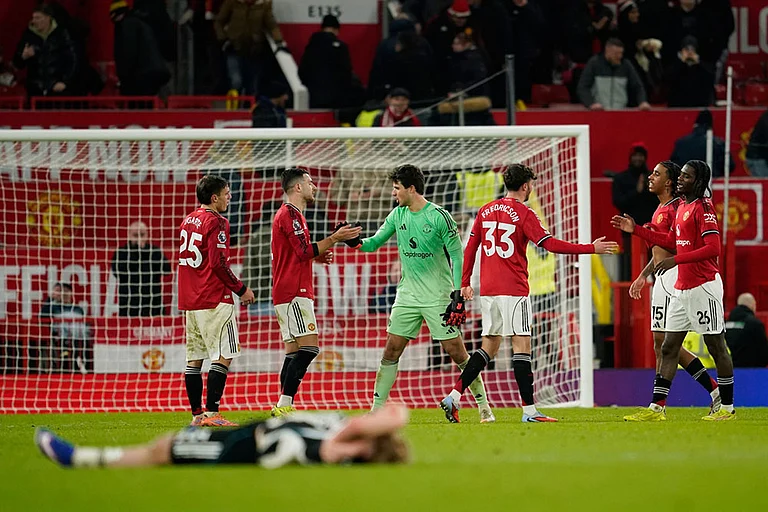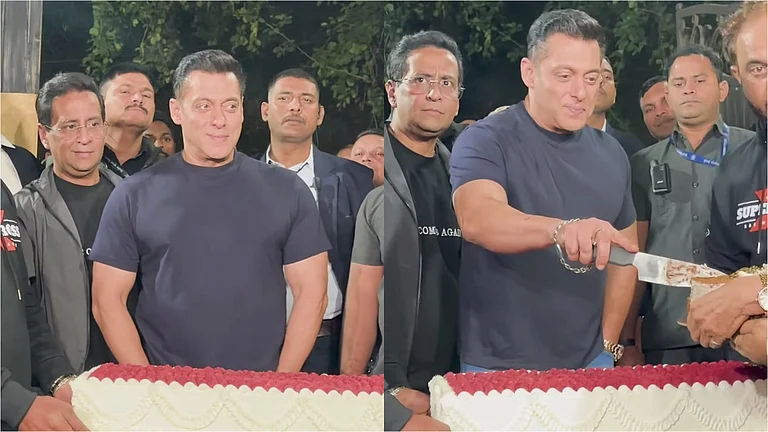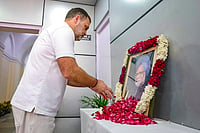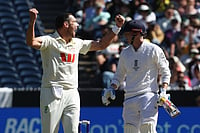Even worker groups bearing allegiance to other parties have welcomed the CMP’s pro-worker thrust. The Swadeshi Jagaran Manch was a surprise supporter of the CMP and even the BMS (Bharatiya Mazdoor Sabha) is cosying up to the Left unions. Says labour expert Dr C.S. Venkata Ratnam: "The differences in ideologies are not so strong when it comes to protecting workers’ economic interests."
So will unity and political patronage lead to a revival of labour militancy? "We are responsible people. We condemn gheraos, violence or wildcat strikes on flimsy grounds. We stand firmly for production," clarifies Bengal CITU president Shyamal Chakravarty. Adds D.L. Sachdev, secretary AITUC (All India Trade Union Congress): "We are committed to a secular stable government. We want the government to survive but not at the cost of workers, or vice versa."
One of the tasks of the Left, together with their union comrades, will be to temper the reform speed of a coalition led by the Congress, the original reformers. "They will slow down a particular kind of reform and regulate the capital market to prevent flight of capital," feels Kamal M. Chenoy, professor at jnu. The unions’ wish list is as much about what they don’t want as it is about what they want. They won’t allow the amendment of labour laws to allow easy hire and fire, oppose privatisation of profit-making PSUs and worker retrenchment in the name of VRS, as well as a cut in EPF rates. They blame the NDA for ruinously reducing the size of the organised workforce from around six crore in 1993 to only 2.81 crore in 2004. They will push for alternate employment for the unorganised labour force which has been worst hit by the reforms and demand that 3 per cent of the GDP be used for their welfare.
But the unions, feel many Leftist academics, are too "economistic" in their approach—they can’t think beyond wages. It is this unidimensional view that has frightened industry out of Kerala. The Left leadership, on the other hand, is slowly coming to accept a new reality and are beginning to use words like "healthy capitalism". A sign of changing politics is that West Bengal CM Buddhadeb Bhattacharjee is being projected as the Left’s face. The CM’s FDI-friendly policies are at the crux of the tension between the ruling CPI(M) and CITU in the state. How far the unions and their comrades at the Centre can iron out these differences will determine their effectiveness. "The unions will yell but finally there will be a meeting ground," feels Chenoy.
The recent instance of a compromise formula was airport privatisation. Everybody, or rather nobody, got their way. The Left forced the government to reduce private equity in airports from the proposed 74 per cent to 49, while the government was able to initiate disinvestment in the profit-making Airports Authority of India.
So, today it is a revved-up yet more pacifist union movement, whose main objective, along with workers’ rights, is keeping the BJP out. Says labour leader Chittabrata Majumdar: "If the government brings in anti-labour legislation, we shall protest. But we will never try to topple it because that will bring the BJP back." The unions and the government may not have a common agenda, but they sure have a common enemy.
Gauri Bhatia and Ashis K. Biswas







